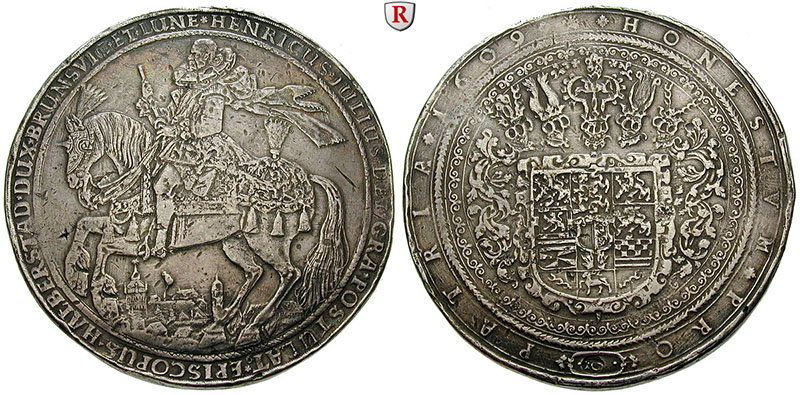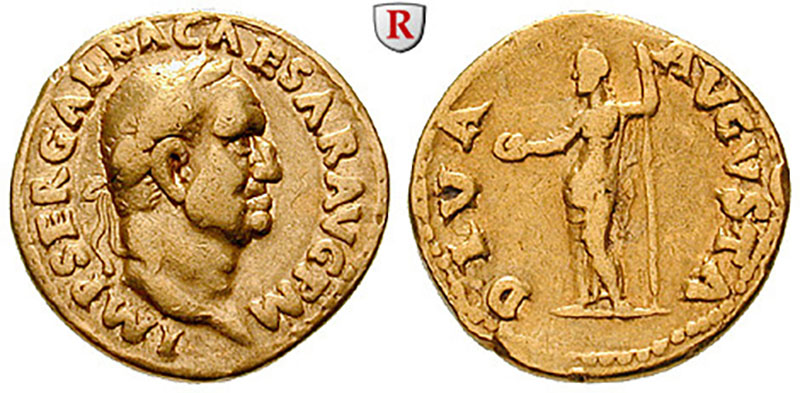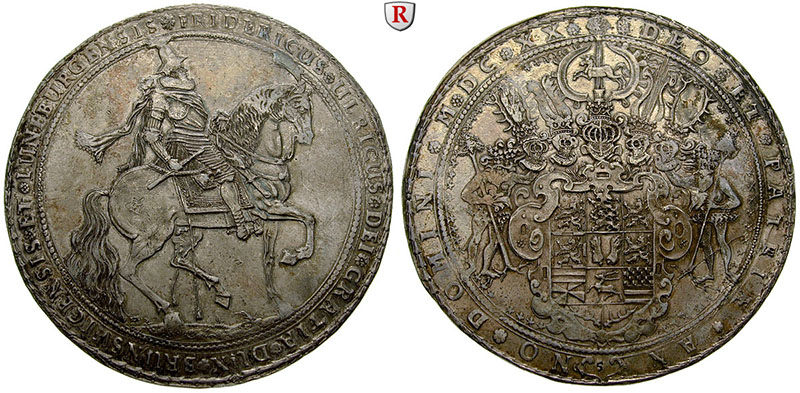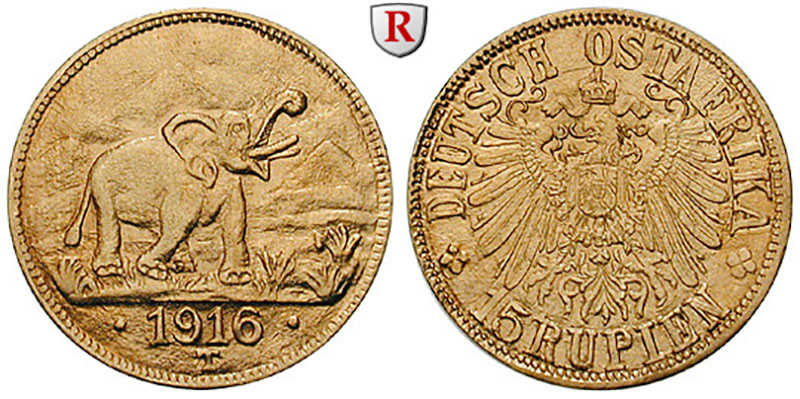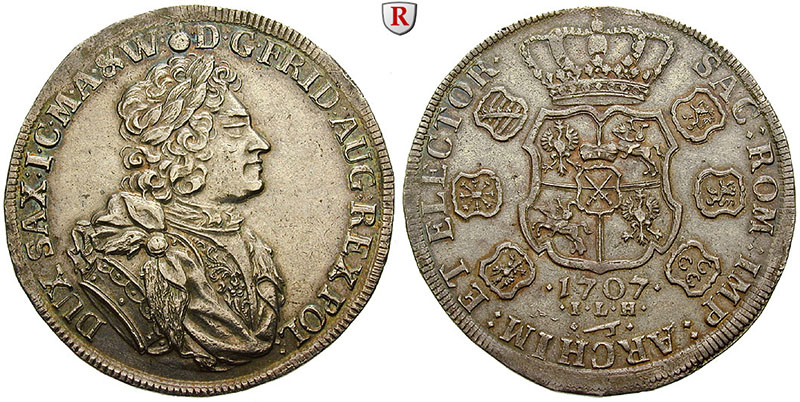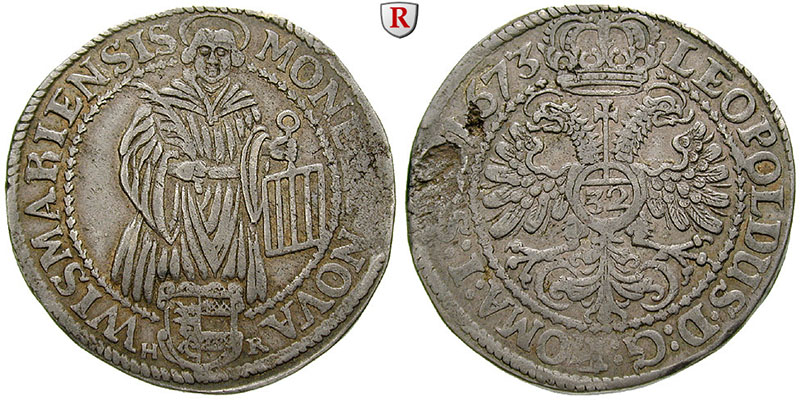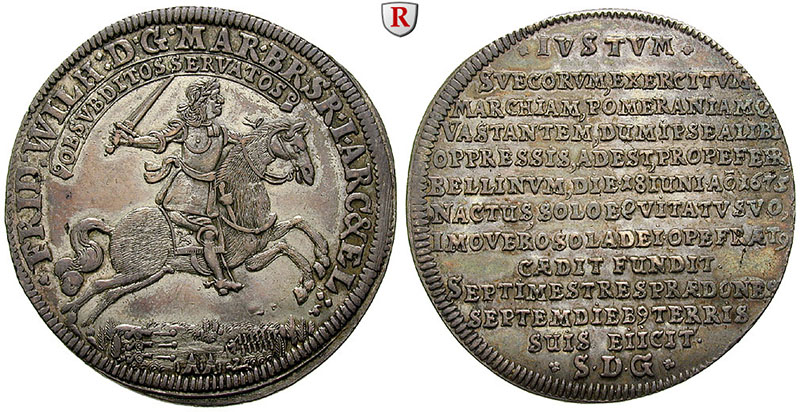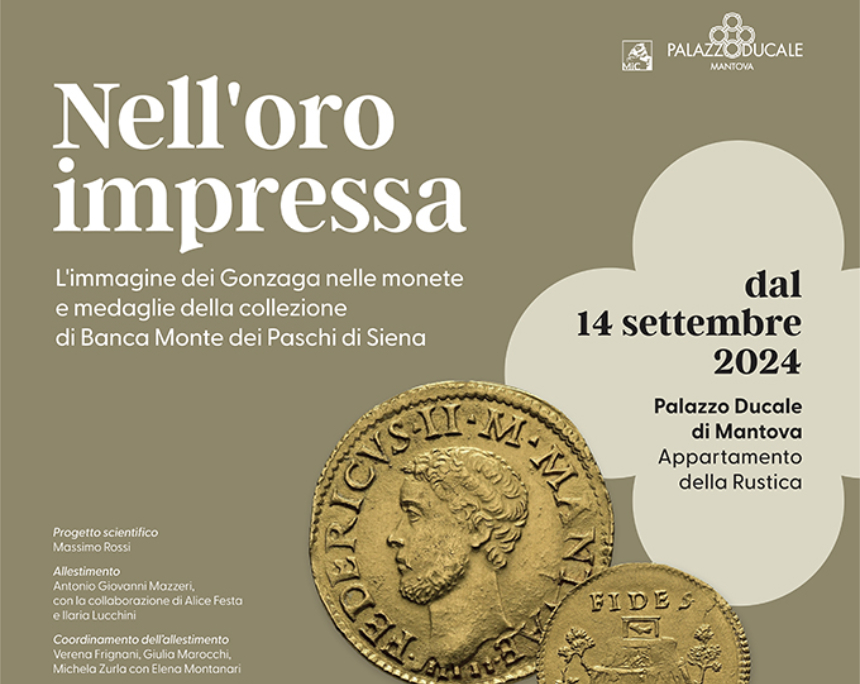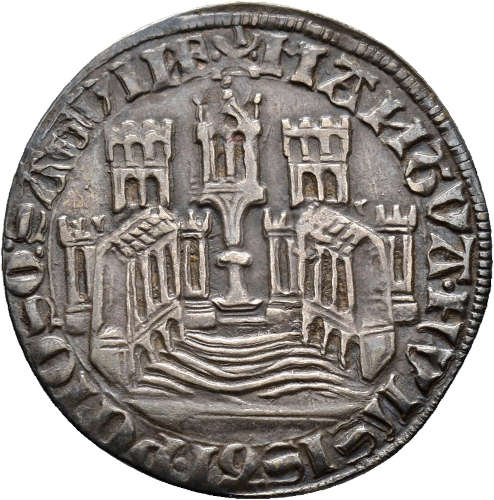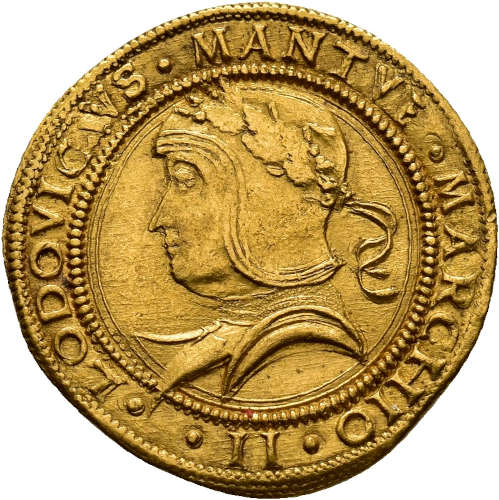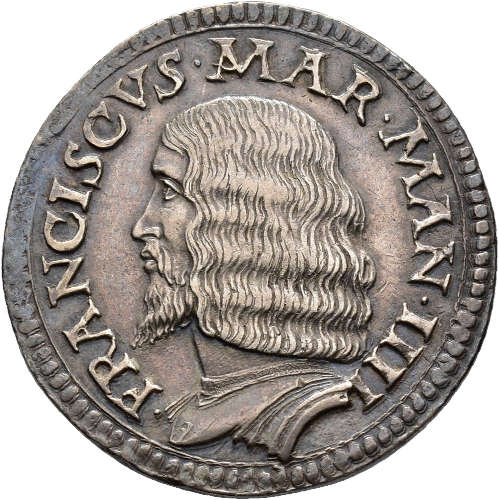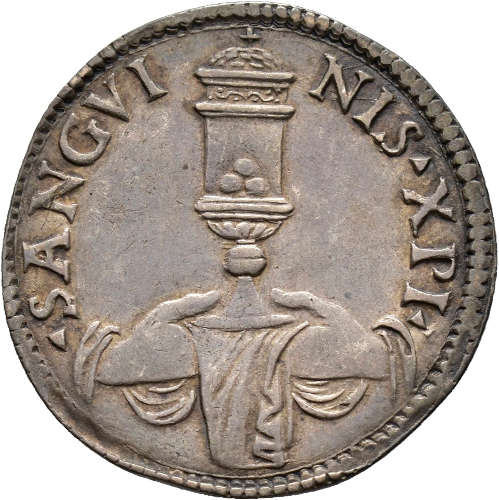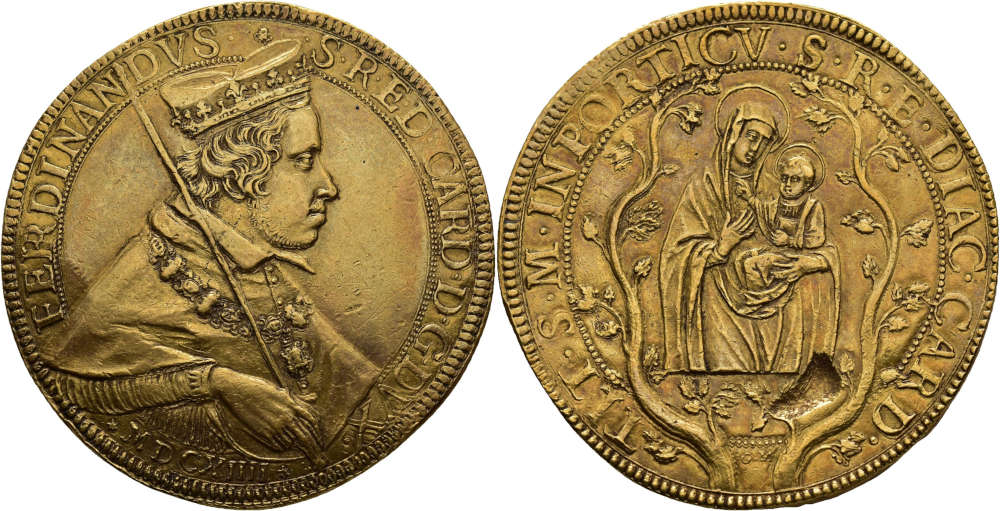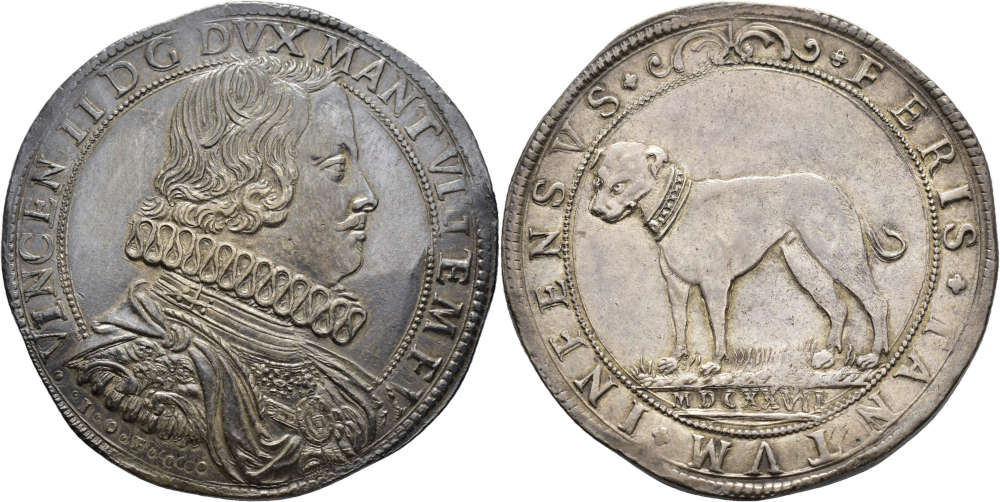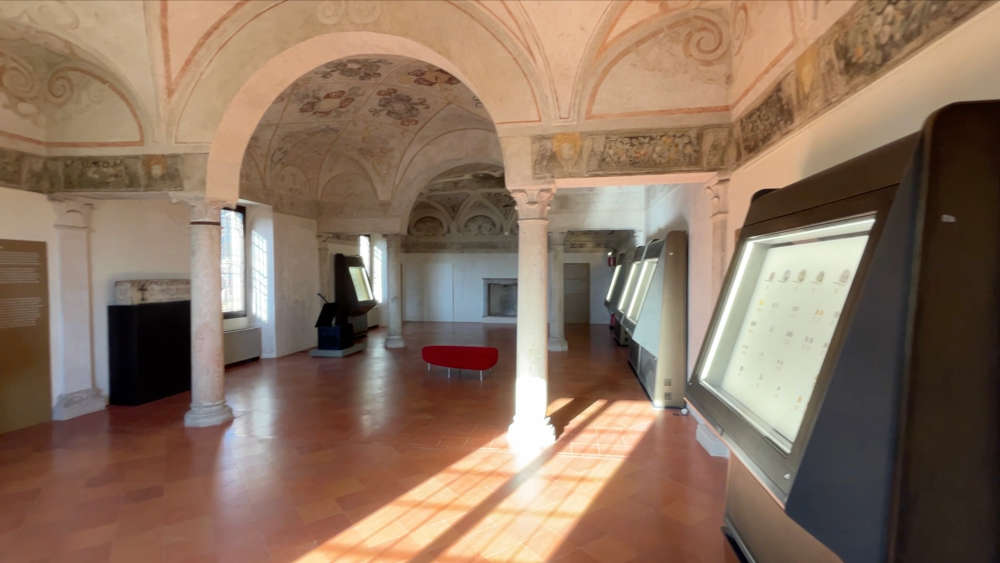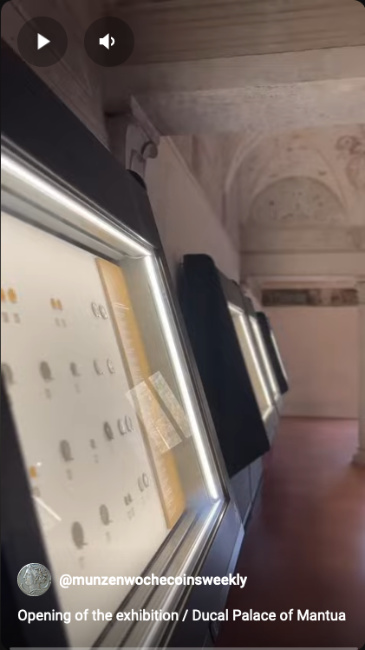New Permanent Coin Exhibition at the Ducal Palace of Mantua
Banca Monte dei Paschi di Siena and the Ducal Palace of Mantua have reached an important agreement to enhance the valuable Magnaguti and Casero numismatic collection owned by the bank. This collection, which previously belonged to the former Banca Agricola Mantovana, will be on long-term display in the museum spaces of the Ducal Palace, thanks to a loan agreement already verified and approved by the Regional Committee for Cultural Heritage under the supervision of the Regional Secretariat of Lombardy. By virtue of this agreement, the director of the Ducal Palace has decided to permanently exhibit these coins in three rooms of the palace, along the visit route.
Content
The Collection
The collection, consisting of as many as 2,184 pieces, is the most comprehensive collection of coins and medals from Mantua and the Gonzaga family. The original nucleus of the collection was formed in 1986 with the acquisition of the collection of notary Ermanno Casero of Milan, later enriched in 1993 with the prestigious collection of Count Alessandro Magnaguti (1887-1966), a learned Mantuan nobleman. Magnaguti, over almost half a century, built up an important collection of Gonzaga coins and medals, declared “of exceptional artistic and historical interest” by the Ministry of Cultural Heritage and described in volumes VII, VIII and IX of the work “Ex Nummis Historia.”
This extraordinary collection, second only to the one formed by the King of Italy Vittorio Emanuele III and preserved in Palazzo Massimo in Rome, has been the subject of a complex protection operation by the Superintendency of Mantua, which renewed the declaration of exceptional importance.
The Exhibition Project
The exhibition project, conceived by Banca MPS and Palazzo Ducale with the support of the Fondazione Banca Agricola Mantovana, was entrusted to the numismatist Massimo Rossi. It provides a significant portion of the collection for the exhibition, with a rotation over time of the other materials. The space chosen to house the collection is the Rustica, the mansion built in 1539-1540 by Giulio Romano and decorated internally with paintings coordinated by Giovan Battista Bertani. Consolidation work on plaster and stucco, carried out by the Carena and Ragazzoni firm of Cremona in the Exhibition Hall (or Loggia dei Frutti), has been completed. The room features in the paintings of the large barrel vault a series of stories telling the legendary and historical foundation of the city of Mantua, parallel to the historical narrative offered by the Gonzaga coins and medals.
The Inauguration
The inauguration of this new segment of the Ducal Palace exhibition itinerary was held on Friday, September 13, 2024. An important appointment for all numismatic and history enthusiasts, who were able to admire a fundamental piece of Mantua’s cultural heritage in an exceptional venue.
“We will thus bring back to the attention of the public,” said Palazzo Ducale director Stefano L’Occaso, “a wonderful collection, through a modern and lively narrative, which will display the coins not only as ’works of art’ (and they are), but also as tools for a historical narrative.”
Massimo Rossi stated during the opening presentation: “The exhibition presents coins, tokens and medals made from the 12th to the 19th century, so 7 centuries of history. More than 40 different coin-issuing authorities are represented, divided into 12 different mints. Three related to the dominant branch of Mantua: Mantua, Casale in Monferrato and Charleville in France and 8 mints related to the cadet branches of the Gonzaga, namely the mints of Bozzolo, Castiglione delle Stiviere, Guastalla, Novellara, Sabbioneta, San Martino dall’Argine and Solferino. There is no doubt that these coins have returned to their place of origin, just look at how many enterprises reproduced on coins are frescoed in this palace”. The exhibition also features dies, punches, tariffs and other materials from loans from other museums.
This video of the opening of the exhibition gives you additional insight into the exhibition rooms:







